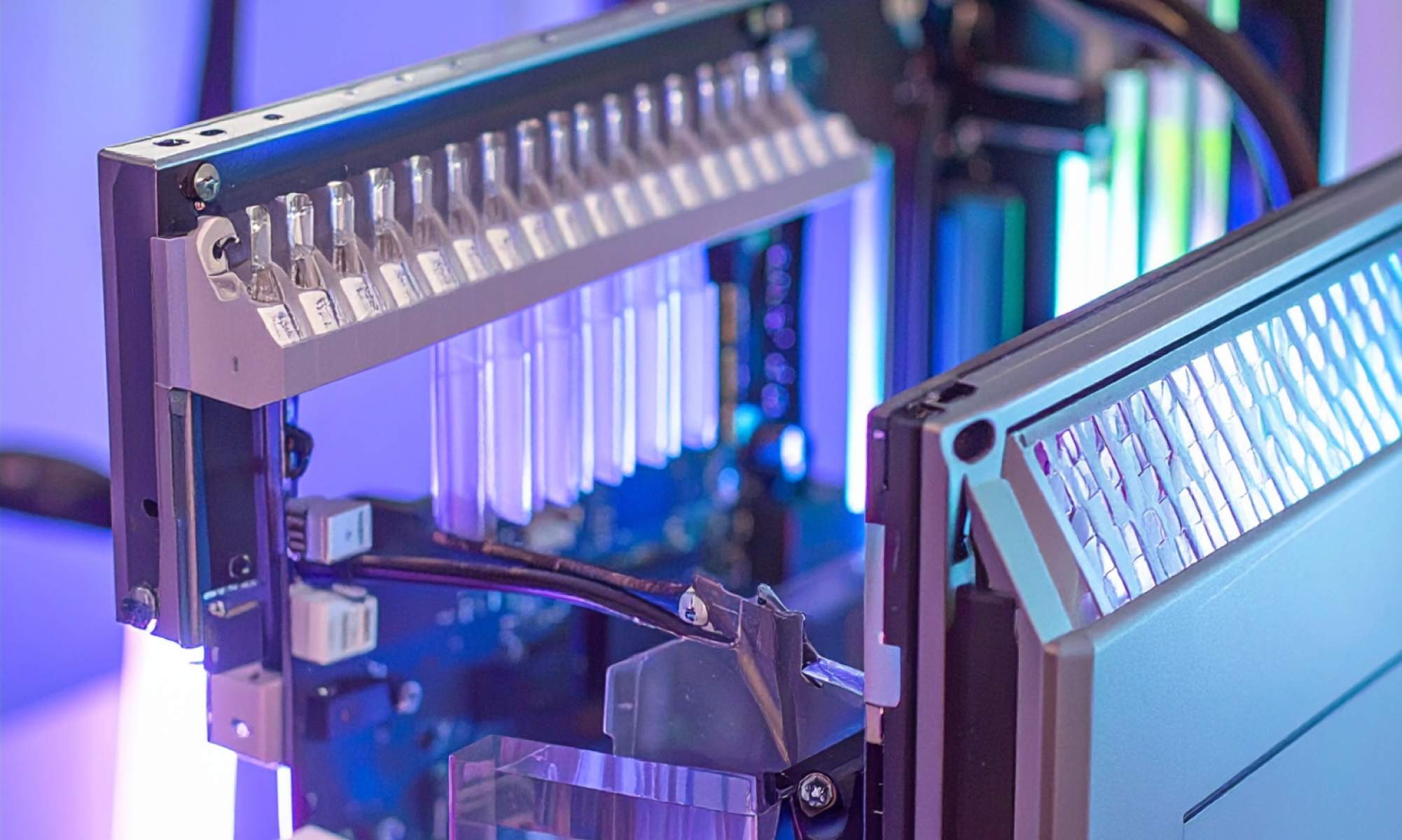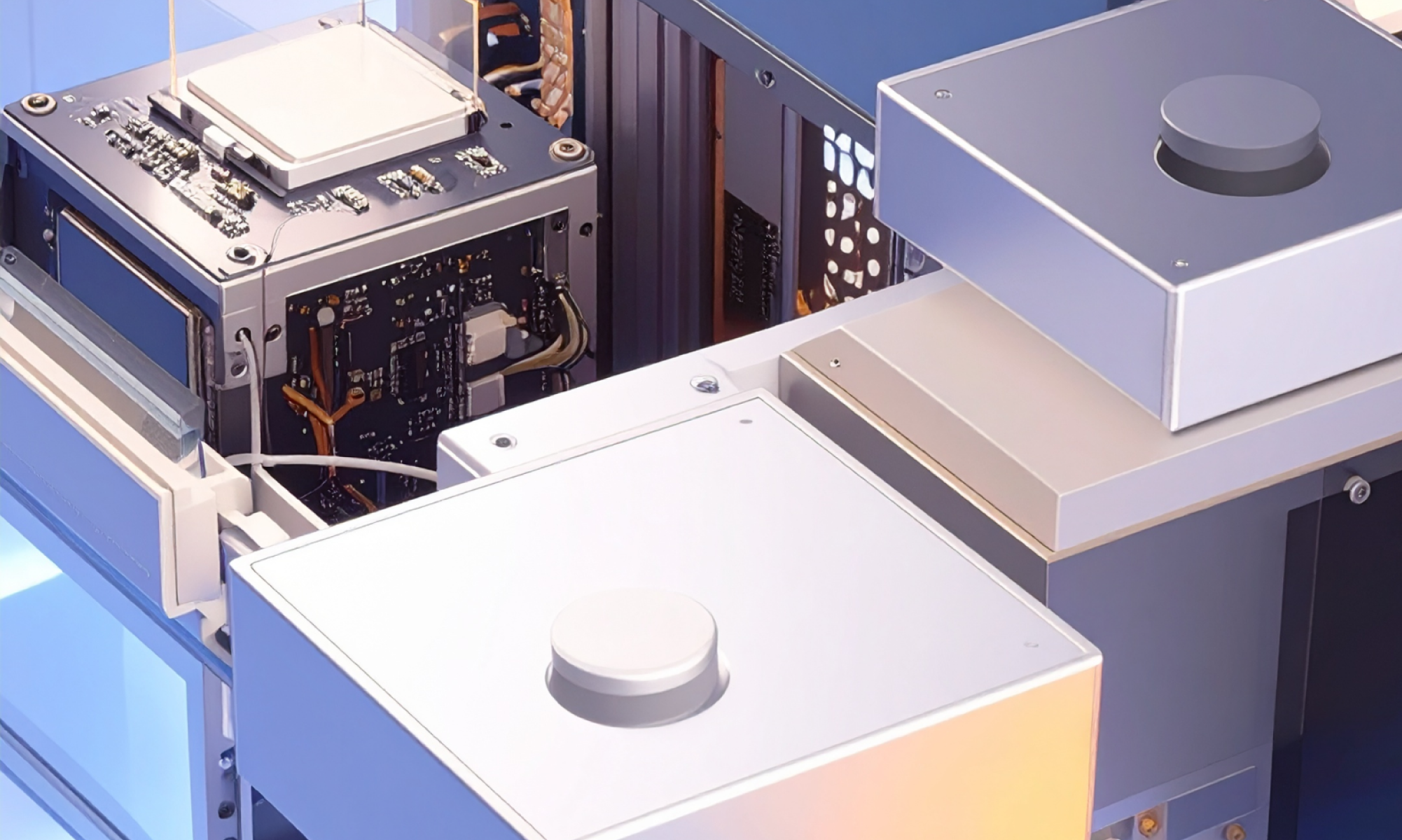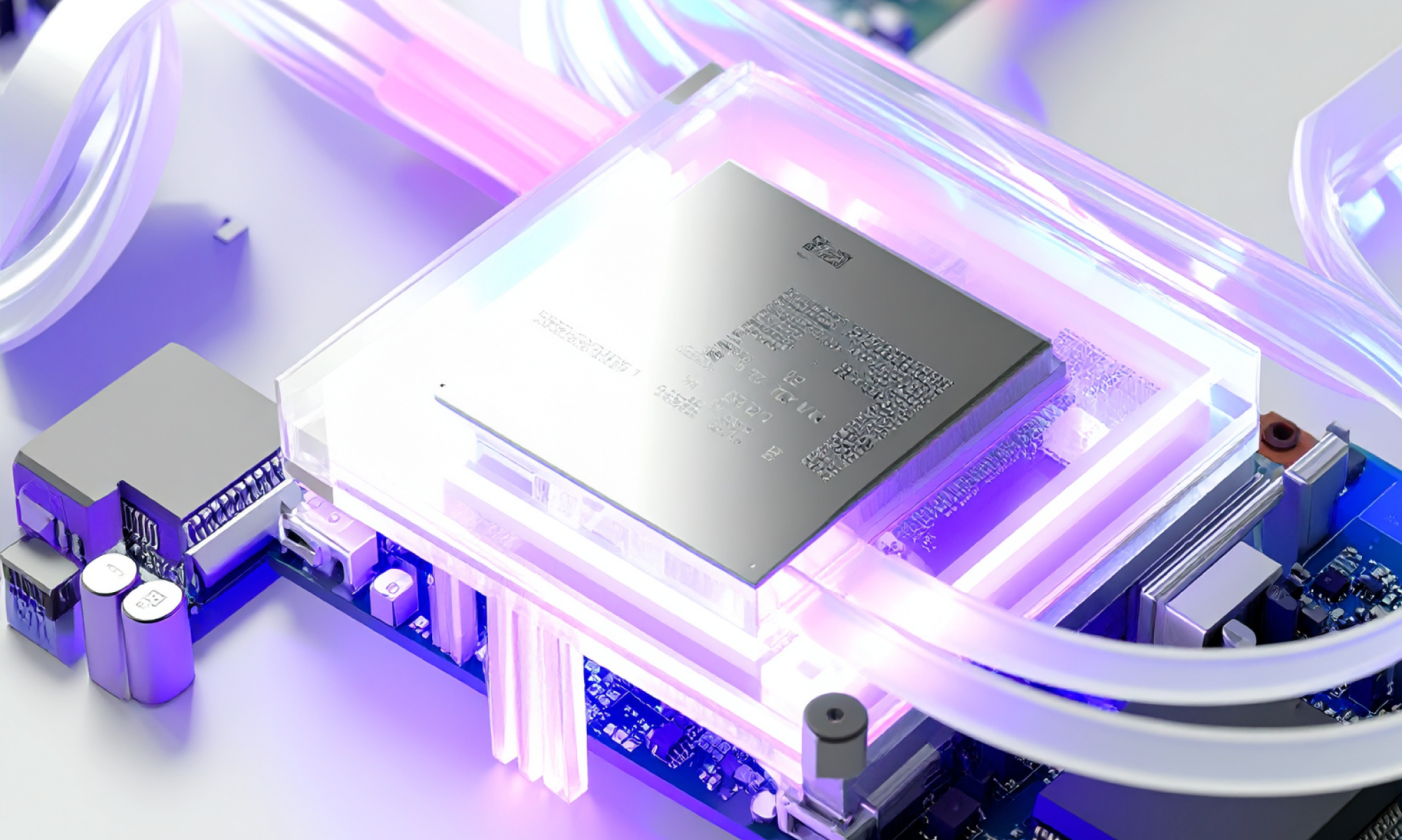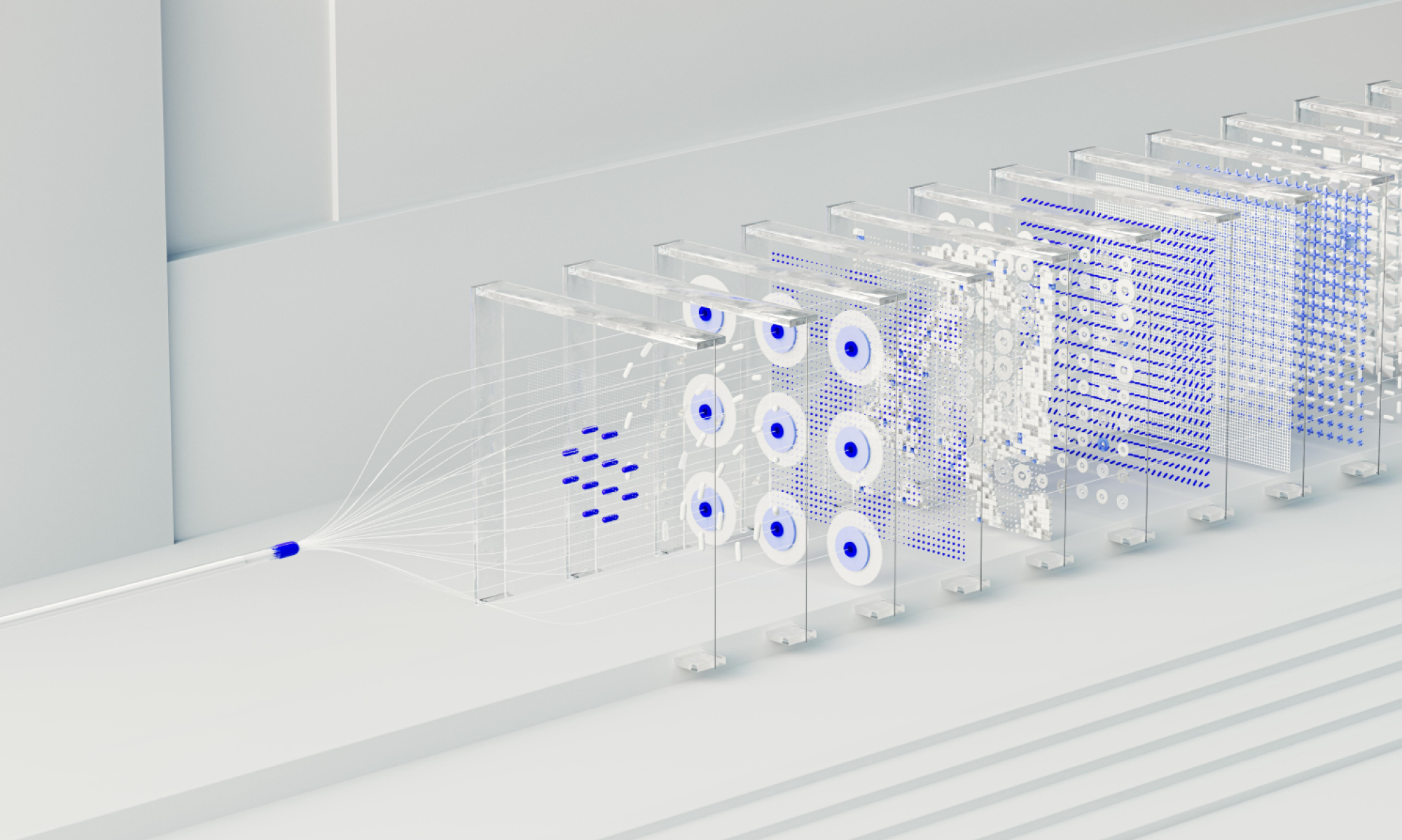AI
our blog
10 Benefits of Iterative Development for Product Design Success

Overview
This article delineates ten significant benefits of iterative development in achieving product design success. It emphasizes how this approach enhances innovation, flexibility, and quality through continuous user feedback and collaboration. Each benefit is substantiated by compelling examples and statistics, illustrating how iterative processes can lead to faster project turnaround, improved customer satisfaction, and sustained business growth within a competitive landscape.
Introduction
Iterative development has emerged as a transformative approach in product design, marked by its focus on continuous improvement and user-centric feedback. This methodology not only accelerates innovation but also significantly enhances product quality and market adaptability. However, organizations striving to implement these iterative processes often grapple with the challenge of aligning stakeholder expectations and managing the inherent complexities of ongoing revisions.
What are the key benefits of embracing iterative development, and how can teams effectively navigate the potential pitfalls to ensure design success? By understanding these dynamics, teams can leverage iterative development to foster a more responsive and effective design process.
Studio Graphene: Pioneering Iterative Development for Innovative Product Design
Studio Graphene is at the forefront of iterative development, utilizing a human-centered approach that emphasizes collaboration and adaptability. By harnessing AI and emerging technologies, the agency streamlines the design process through iterative development, ensuring that each iteration is shaped by genuine user feedback. This commitment to continuous improvement not only enhances product innovation but also aligns solutions with evolving market demands. Furthermore, Studio Graphene emphasizes prompt client interaction and communication tactics, guaranteeing that stakeholders are engaged throughout the creation process.
Statistics indicate that teams employing repeated design cycles can achieve project turnaround times up to 50% quicker, underscoring the effectiveness of this approach. Moreover, businesses that respond to client feedback within 48 hours see a 25% rise in customer retention, demonstrating the concrete advantages of being responsive in service enhancement. Successful instances, such as Dropbox and Airbnb, illustrate how progressive enhancement fosters a culture of innovation, enabling swift prototyping and improvement based on real-world insights.
Embracing iterative development processes, along with continuous integration practices, is essential for creating offerings that resonate with individuals and drive business success. This strategic alignment not only meets immediate client needs but also positions businesses for long-term growth in a competitive landscape.

Enhanced User Feedback: Driving Continuous Improvement in Product Design
Iterative development empowers teams to engage participants at every stage of the design process, fostering an ongoing dialogue that yields practical insights. This approach ensures that each iteration is informed by the needs and preferences of individuals, ultimately resulting in offerings that resonate with their intended audience.
In the development of Canopy's mobile app and web platform, Studio Graphene partnered closely with Canopy's engineering team to design tools and features tailored to the specific requirements of renters, agents, and landlords. By prioritizing client feedback, Studio Graphene not only enhanced the overall experience but also drove significant improvements in product effectiveness.
The integration of Open Banking functionalities and consumer-focused design elements, such as visual aids and tutorials, illustrates how insights can transform potentially mundane topics like rental budgets into engaging experiences. Organizations that actively incorporate feedback insights report a remarkable 70% increase in market fit and customer satisfaction, underscoring the critical role of feedback loops in achieving design success.
Furthermore, organizations employing rapid prototyping can reduce production time and costs by up to 50%, highlighting the effectiveness of iterative development approaches. As we advance through 2025, trends indicate a heightened focus on localized feedback strategies and the utilization of advanced analytics tools to capture user sentiments, ensuring that products are not only innovative but also aligned with user expectations.

Cost Efficiency: Reducing Development Expenses Through Iterative Processes
By applying iterative development and breaking down the creation process into smaller, manageable iterations, businesses can effectively identify and address issues early on, thus preventing costly mistakes later in the project. This strategic approach not only minimizes waste but also facilitates better allocation of resources, ultimately leading to significant cost savings. Studio Graphene's iterative development model ensures that clients receive maximum value from their investments, reinforcing the importance of this method in achieving project success.

Increased Flexibility: Adapting to Market Changes with Iterative Development
Iterative development enables teams to pivot swiftly in response to market changes and emerging trends. This approach supports iterative development, allowing businesses to continuously assess the item's trajectory and make adjustments based on real-time information, thereby maintaining a competitive advantage. Feedback loops are vital in shaping subsequent iterations of iterative development, enabling teams to enhance their offerings based on insights from users.
For instance, organizations like Spotify exemplify this method by structuring their teams into squads focused on frequent feature launches and client feedback, facilitating ongoing enhancement of their products. Furthermore, SaaS project management tools and smart home device creators utilize sequential methods to improve user satisfaction and item relevance.
Studio Graphene's agile methodology promotes iterative development that aligns with shifting market demands, ensuring that products not only remain relevant but also resonate with target audiences. Incorporating the PDCA cycle (Plan-Do-Check-Act) into this process can further enhance continuous improvement.
To maximize the advantages of repetitive progress, groups should establish robust feedback systems and consistently evaluate their strategies to adapt efficiently to market shifts.

Risk Mitigation: Lowering Development Risks with Iterative Approaches
The process of iterative development significantly mitigates risks by enabling teams to test and validate concepts before committing to full-scale implementation. This iterative development methodology allows for the early identification of potential issues, facilitating timely adjustments that can avert costly failures. For instance, a case study involving a software creation group revealed that the implementation of iterative development enabled them to divide the project into smaller cycles, collecting input after each cycle to guide future planning and modifications. This ultimately resulted in successful project outcomes.
Studio Graphene exemplifies this commitment to repetitive processes, ensuring that clients can adeptly navigate the complexities of product development. By utilizing iterative development to continuously refine projects based on client feedback and insights, teams can manage risks effectively. This approach not only enhances collaboration among stakeholders but also supports a culture of iterative development, where failure is viewed as an opportunity for improvement. As Sarah Laoyan aptly states, 'Failure is a natural part of iterative development, and it helps teams refine new versions through trial and error.'
Furthermore, iterative development is especially advantageous in sectors that thrive on ongoing enhancement and user input. Marketing teams frequently employ cyclical processes to test various advertising strategies, enhancing engagement through data-driven decisions. By employing iterative development to break projects into smaller, manageable iterations, teams can address complexities more effectively, ultimately leading to better project outcomes and reduced risk. However, it is essential to acknowledge that iterative development processes can also present challenges, such as scope creep and inflexible planning, which teams must navigate carefully to maintain focus and direction.

Collaborative Design: Fostering Teamwork in Iterative Development
Iterative development thrives on collaboration among cross-functional teams, creating an environment where diverse perspectives significantly enhance the design process. This teamwork ignites creativity and culminates in comprehensive solutions that adeptly address various user needs.
At Studio Graphene, a culture of collaboration ensures that every team member's insights are recognized and valued, resulting in improved outcomes. For example, the agency's methodology has been pivotal in projects such as Peckwater Brands and Volograms, where collective input led to innovative solutions tailored to market demands.
Furthermore, the emphasis on collaboration in design processes is supported by expert insights, which indicate that successful outcomes frequently stem from iterative development, shared knowledge, and collective effort. As Michael Jordan aptly stated, 'Talent wins games, but teamwork and intelligence win championships.'
Ultimately, fostering a collaborative environment is essential for achieving excellence in design, as it empowers teams to leverage their unique strengths and insights. In addition, Studio Graphene's B Corp Certification underscores their commitment to social and environmental performance, further reinforcing the positive influence of teamwork on organizational values and goals.

Quality Enhancement: Achieving Superior Products Through Iterative Development
Iterative development allows teams to continuously enhance and improve product quality, driven by methodical feedback from users and rigorous testing. Each iteration in iterative development offers a unique opportunity to refine functionality, usability, and overall performance. For instance, the home banking system project achieved an impressive 242% enhancement in usability through repeated design processes, effectively addressing critical issues such as error rates and client satisfaction. Similarly, the cash register system for a clothing store chain demonstrated an extraordinary 575% overall usability improvement, underscoring how iterative changes can significantly boost efficiency and customer satisfaction.
Expert insights underscore the importance of this methodology; customer feedback is not merely a one-off event but an ongoing process that cultivates innovation and market differentiation. By engaging with clients actively, companies can uncover challenges and identify opportunities for enhancements, leading to substantial quality improvements. Studio Graphene exemplifies this dedication to quality, ensuring that clients receive products that not only meet but consistently exceed expectations. Through a structured approach to client testing and feedback analysis, the agency nurtures a culture of continuous improvement, ultimately delivering impactful digital solutions that resonate with users. Furthermore, integrating regulatory compliance into the iterative development process is crucial, as illustrated by the development of a customer-facing mobile application and web platform for Alchemy Wings. This platform not only streamlined the ordering process but also provided access to comprehensive sales data and a delivery validation system, showcasing how iterative progress can enhance both user experience and operational efficiency.

Stakeholder Engagement: Ensuring Visibility and Alignment in Iterative Projects
The use of iterative development processes is essential for fostering consistent communication and updates with stakeholders, ensuring alignment with the project's objectives and progress. This transparency not only builds trust but also enhances collaboration, facilitating timely feedback and necessary adjustments.
Studio Graphene's approach to stakeholder engagement actively involves clients in the creation process, which significantly improves outcomes. By prioritizing engagement, we address the challenge of disconnect often seen in project development, ultimately leading to more successful results in iterative development.

Rapid Prototyping: Accelerating Innovation with Iterative Development
Rapid prototyping serves as a cornerstone of iterative development, enabling teams to quickly create and test new concepts. This agility not only accelerates the innovation process but also facilitates immediate user feedback, which can be seamlessly integrated into subsequent iterations.
For instance, Studio Graphene's agile approach to digital creation—spanning discovery, design, and build—has enabled clients to expedite their time-to-market while ensuring high-quality outcomes.
Furthermore, the global rapid prototyping market is projected to grow significantly, with an expected increase from USD 3.33 billion in 2024 to USD 21.47 billion by 2034, reflecting a compound annual growth rate (CAGR) of 20.49% during this period.
Notable projects, such as the Tail Light Testing Prototype, demonstrate how Studio Graphene successfully produced prototype tools for over 30 components within a tight two-month timeframe, where the customer required 200-300 sets of tail lights for testing. This showcases their capability to meet urgent production needs and reinforces the effectiveness of iterative development methods.
Ultimately, this approach not only improves design validation but also encourages innovation, enabling businesses to remain competitive in a fast-paced market.

Sustainable Growth: Leveraging Iterative Development for Long-Term Success
Adopting an iterative development process enables companies to create offerings that adapt to user requirements and market conditions. This adaptability fosters sustainable growth, as offerings can be continuously enhanced and polished over time based on real-time feedback and evolving demands.
For instance, Studio Graphene's collaboration with Life Storage resulted in a more intuitive interface that significantly improved customer engagement and operational efficiency. Such examples underscore the effectiveness of repeated strategies in achieving long-term success in the digital landscape.
Furthermore, with 90% of S&P 500 companies releasing ESG reports and 88% of consumers demonstrating increased loyalty to businesses that advocate for social or environmental issues, it is evident that sustainability and corporate responsibility are now integral to product development.
By prioritizing iterative development, companies can ensure their offerings remain relevant and impactful, ultimately positioning themselves for enduring success in an increasingly competitive market.

Conclusion
Iterative development represents a transformative approach in product design, underscoring the critical role of continuous improvement through user feedback and collaboration. This methodology accelerates innovation and enhances the quality and relevance of products in a rapidly changing market environment. By engaging stakeholders and prioritizing adaptability, businesses can ensure their offerings resonate with user needs and expectations.
The article elucidates numerous benefits of iterative development, including:
- Increased flexibility
- Cost efficiency
- Risk mitigation
- Enhanced product quality
It highlights successful case studies, such as those from Studio Graphene, demonstrating how a human-centered approach to design fosters creativity and leads to superior outcomes. Furthermore, the integration of rapid prototyping exemplifies how teams can swiftly iterate and refine ideas based on real-world insights, ultimately driving business success.
In an era where consumer expectations are continually evolving, embracing iterative development is not merely advantageous—it is essential. Organizations are urged to adopt these practices to remain competitive, foster innovation, and achieve sustainable growth. By prioritizing user feedback and collaboration, businesses can navigate the complexities of product development more effectively, ensuring long-term success in an increasingly dynamic landscape.









